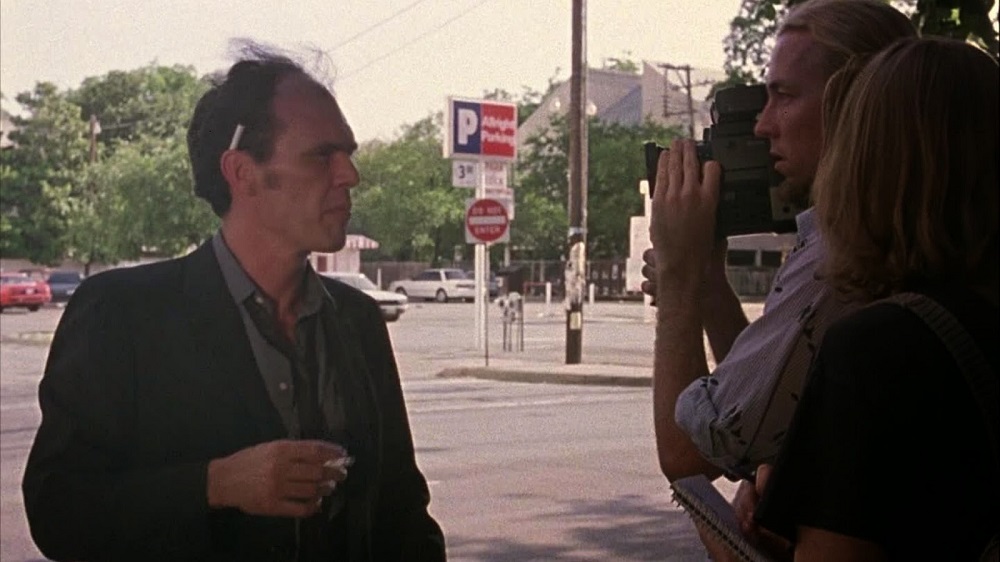
Drawing on Rob Stone’s analysis of Slacker, I will examine the ways in which the making of the film, involving, as it did, a local cultural scene, produced complex relations between space and time. I will trace the process by which Slacker was conceived, written, produced, directed, and shot in Austin, and show how this independently produced film was deeply connected both to the local indie music scene and to the form of the city symphony film. This article explores Slacker’s filmic construction of the local indie scene, examining the process by which Austin’s regionalism became emblematic of a cultural phenomenon that was both national and generational. Records and directed by Jonathan Dayton with Valerie Faris ( Little Miss Sunshine, 2006). The program was produced by the independent I.R.S. In 1985 MTV dedicated an entire episode of Cutting Edge to the scene, giving it the title “Austin Avalanche of Rock and Roll”.

Moreover, many musicians moved to Austin, such as the band Butthole Surfers and the songwriter Daniel Johnston. In the 1980s independent music scenes associated with alternative rock culture flourished in the US (see Straw “Systems of articulation ” Kruse), producing a phenomenon that the journalist Michael Azerrad later called “the American indie underground 1981-1991.” During those years, a prolific independent scene took shape in Austin, involving such bands as Glass Eyes, Ed Hall, Zeitgeist, and Dharma Bums, who steadily played in urban venues and produced DIY records. Therefore, their collective body of work can be analyzed as a reaction to those forces that shaped their generation as a whole. While ten years of birth can’t encompass an entire generation, the filmmakers in these years were exposed to key social, political, and cultural factors. Gen-X filmmakers are those directors born between 19, a ten-year period that falls well within the range given by sociologists seeking to identify when Generation X was born. Subsequently, the mainstream media began to talk about the post-baby-boomer “ twenty-something” generation portrayed in the film and novel, grouping together Slacker, Generation X, and grunge music (especially Nirvana) as works by/from/on “Generation X.” Film scholar Peter Hanson grouped Slacker within the category of the “Cinema of Generation X” (62-63), his label for certain new films produced in the late 1980s and 1990s, such as Kevin Smith’s Clerks (1994), Ben Stiller’s Reality Bites (1994), and David Fincher’s Fight Club (1999).

Slacker was released the same year as the breakthrough novel Generation X: Tales for an Accelerated Culture (1991) by Canadian writer Douglas Coupland. In his history of American independent cinema, Emanuel Levy speaks of Linklater and Slacker in relation to regional filmmaking, highlighting the importance of locality as a foundational dimension of indie film culture (172-176).
#Slacker images movie
Geoff King considers the movie a milestone in the history of American indie film (21) and names it one of the most successful low-budget productions of all time (14). It was shot on location in Austin, Texas between 19 and picked up for distribution by Orion Classics in 1991 after several independent showings in the US.

Slacker (1990/1991) is Richard Linklater’s second feature film, following his undistributed debut It’s Impossible to Learn to Plow by Reading Books (1988). Maria Teresa Soldani | Independent Researcher and Musician THE PERFORMANCE OF THE AUSTIN INDIE SCENE IN SLACKER:įrom the Body of a Scene to the Body of a Generation


 0 kommentar(er)
0 kommentar(er)
